When Jason Sarrow attended his first Renaissance Pleasure Faire in 1987, he felt an instant connection with the shire’s street performers. As a stage actor from New York, he lost himself in the historical recreation unfolding around him and he wanted a role.
Looking back more than 20 years later, Sarrow didn’t expect Ren Faire, which kicks off April 10 in Irwindale, would become such an important force in his own life.
“Little did I know I would still be with it,” said Sarrow, who played a peasant, sheriff and mystic. He is best known among current “playtrons” (costumed guests) as a juggling teacher and crystal dealer.
As producer of the documentary “Faire: An American Renaissance,” as well as a featured commentator, Sarrow presents an insightful history of a counterculture that found meaning in the recreation of Elizabethan history—bawdy bodices, flagons and all.
Directed by Doug Jacobson, “Faire” features wistful recollections and footage from halcyon days filled with sex and drugs, which eventually gave way to today’s reality of AA meetings and family-friendly entertainment. Told from the viewpoint of longtime performers and craftspeople, the doc brims with Faire politics, from conservative standards conflicting with the show’s 1960s ethos to changes that clash with period authenticity (climbing walls in Elizabethan England?!). Although the film documents the dissension, it doesn’t venture outside of its close-knit circle to include dissenting voices. SoCal Faire’s current management, Renaissance Entertainment Productions, for instance, doesn’t get screen time to respond to criticism that it minimizes aspects of the Faire’s original educational mission in favor of turning a buck.
There are more than 300 Renaissance-style entertainment attractions operating currently in the United States, drawing more than 7.5 million guests each year. The movement features its own magazines (Renaissance, Faire), the SoCal Ren Faire music group Poxy Boggards had its song “I Wear No Pants” featured in a 2010 Dockers Super Bowl commercial, and Faire has been a setting for episodes of “The Simpsons” (”Lisa’s Wedding”) and “Family Guy” (”Mr Saturday Knight”).
The Renaissance Faire phenomenon began in Southern California in 1960, when Phyllis Patterson, a junior high history teacher, and her husband Ron, organized Renaissance pageants in the backyard of their Hollywood Hills home. Three years later, the Pattersons and KPFK held the first Renaissance Pleasure Faire in North Hollywood as a fundraiser for the radio station, which drew thousands of attendees. In 1966, the Pattersons moved Faire to its longtime site at Paramount Ranch in Agoura Hills, where it remained until 1989.
“Millions of dollars came from a woman’s backyard in the Valley,” Sarrow said.
Sarrow says inspiration for the film itself came from the thinning of Faire’s first generation.
“When I noticed people were dying, the idea for the documentary was born,” he said. “It was a chronicle of our tribe’s story… I wanted to get the story from the people who were there.”
The Renaissance Faire in Agoura Hills was so close to Malibu that it became a playground for celebrities -– Bob Dylan, Cher, Martin Sheen, Emilio Estevez, Sean Penn and Rob Lowe.
“They weren’t harassed,” Sarrow said. “They could be themselves.”
For Camryn Manheim, who first attended at age 15 in 1976, becoming a regular participant led her to study acting in high school.
“I remember walking into the Renaissance Faire having never seen anything like it, but knowing immediately that I belonged there and that was my home,” she says.
The doc credits Renaissance Faires with reviving interest in homemade arts and crafts, jousting (think Medieval Times) as well as spinning off groups like the Society of Creative Anachronism.
“Faire” also offers views a rare (albeit PG-13) glimpse of the legendary behind-the-scenes nightlife—once the guests left and the actors and merchants were free to cut loose. Footage includes a coffee house with belly dancing, parties and risqué performances.
“They were X-rated. They were sexy and raunchy, and nasty and dirty,” Manheim says. “And all kinds of hell ensued after that.”
But everything changed in 1989, when Arthur Whizin—a major supporter of American Jewish University (then University of Judaism)—sold his Paramount Ranch land to a home developer (after making repeated offers to sell to SoCal Faire). Footage of the developer’s backhoe tearing apart the Agoura site’s temporary buildings is a heart-rending moment—Faire cast out from its Eden in the Santa Monica Mountains, never to return.
SoCal Faire moved to Glen Helen Park in Devore in the 1990s and then to its current location: the Santa Fe Dam Recreation Area in Irwindale. In the exodus from Agoura, SoCal Faire sacrificed core draws for its participants—after-hours parties and overnight camping—due to regulations at its new sites. Sarrow says Faire culture was never the same.
“To ask them to leave the end of the night was tragic,” he said. “It fractured our community. The nightlife is why people did the show.”
Trading Hollywood liberals for conservatives from the Inland Empire also altered the tone of Faire, according to the doc. One booth, Witch’s Wood, was moved from the entrance to the rear of the event when the San Bernardino religious community took offense, and one participant says the tarot readers were also scaled back.
“The vibe was not there,” says Suzanne Honor, a longtime Faire participant, who refers to the new attendees as the Kmart crowd: “The people who will only come if they get it for a deal. They’re not coming with money in their pocket to spend on crafts or to buy food. They’re coming to get the cheap deal.”
Renaissance Entertainment Productions, which took over the original Renaissance Pleasure Faire from the Pattersons in the 1990s, did not return a request for comment.
Several participants portrayed in “Faire” are looking to the merchant-run Northern California Faire (held September-October in Gilroy) to revive the ribald spirit of the Agoura Ren Faire. “Because we’re not catering to a family crowd at Northern Faire, we can be a little bawdier,” Honor says.
She laments that the period authenticity genie is out of the bottle with the growing inclusion of pirates (a la “Pirates of the Caribbean”) and fantasy characters (scantily clad women wearing fairy wings, guys in “World of Warcraft”-style gear), adding that this has led to a dramatic shift in the public’s expectations.
“We’re still going to dress period. We’re still going to have certain key characters running around that evoke the Renaissance,” Honor says. “Around them is going to be this maelstrom of things that aren’t period. … It’s almost like you’re walking at Disneyland—you’ve got Renaissance World, you’ve got Pirate World and you’ve got We-Don’t-Know-Exactly-What-It-Is World, but we’re throwing it in anyway. I’d like to think we do it in a way that doesn’t tip it over into total fantasy but keeps it in that Renaissance milieu.”
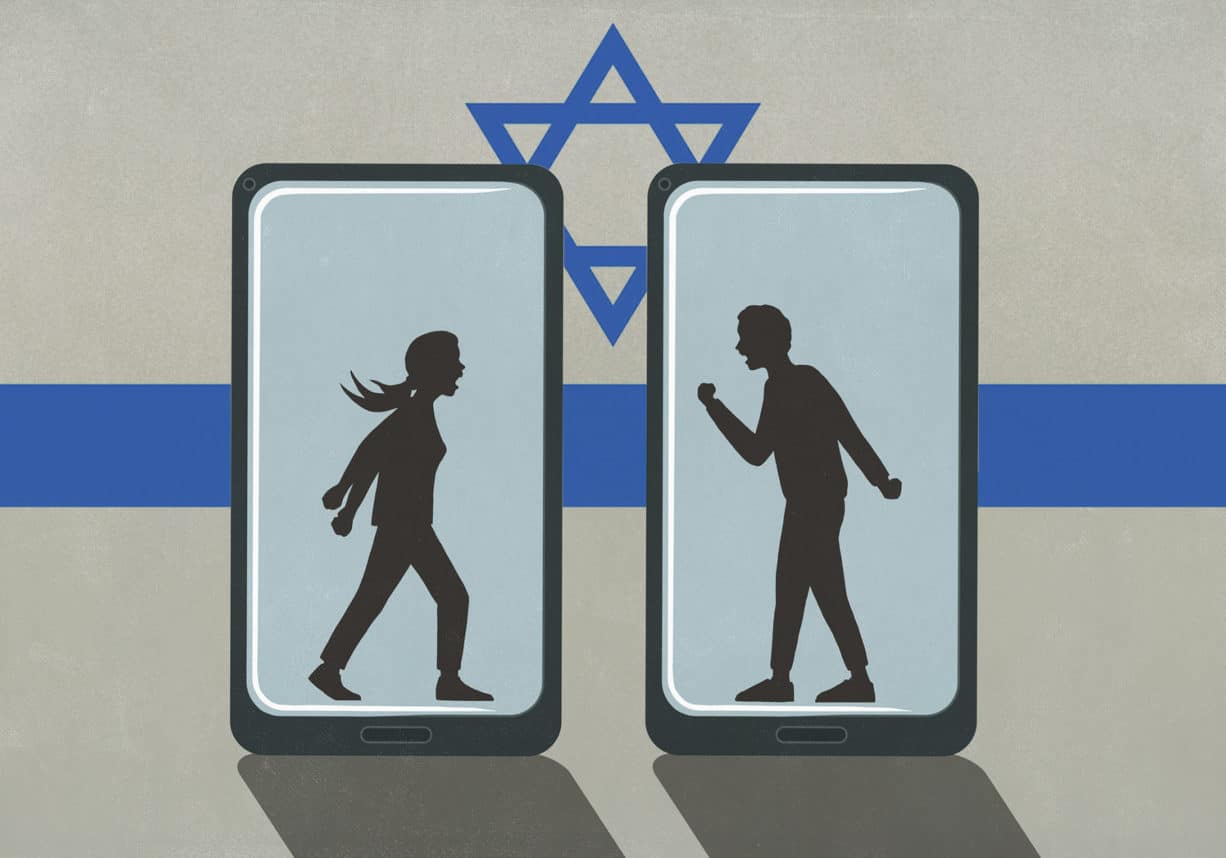

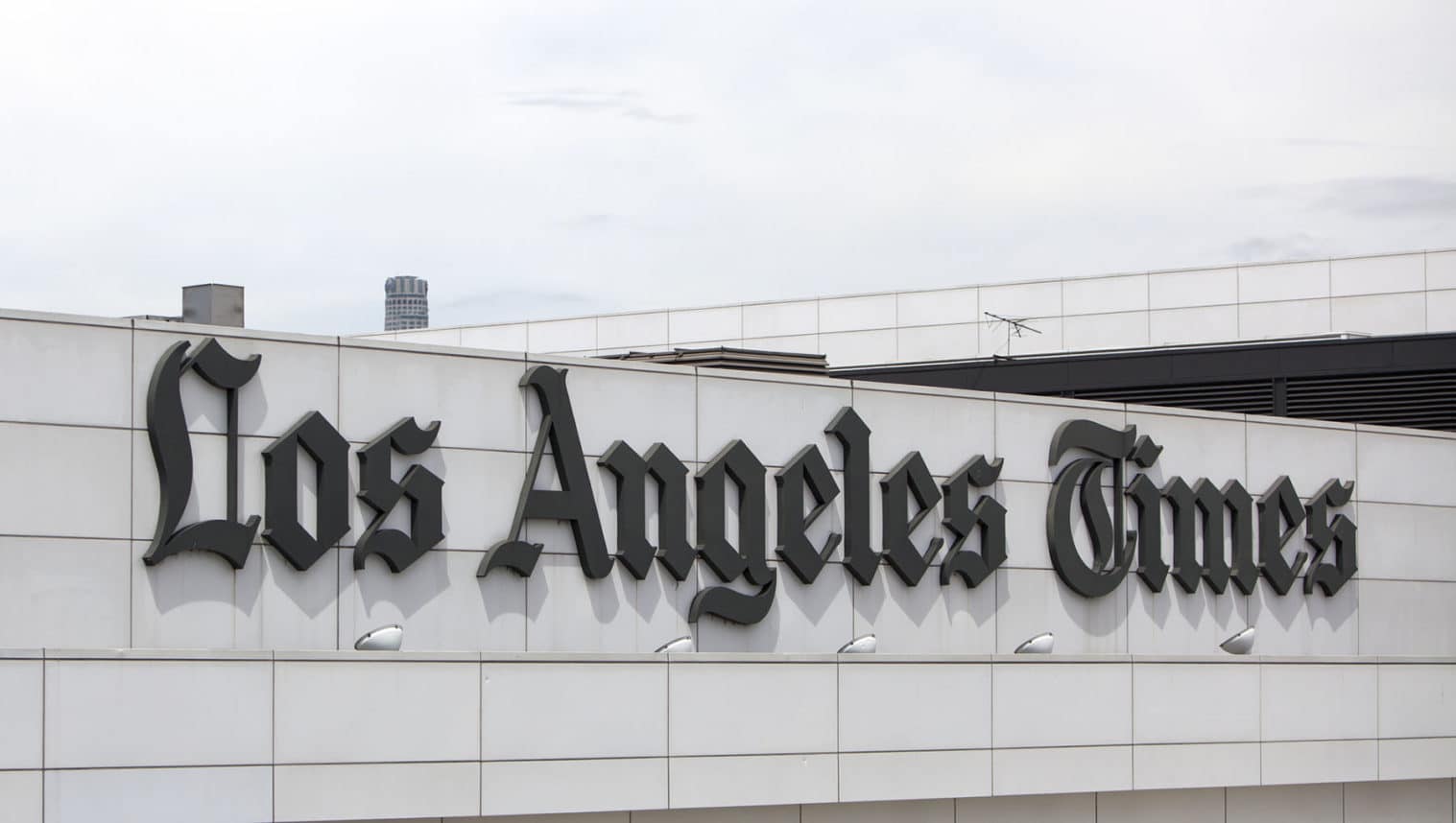
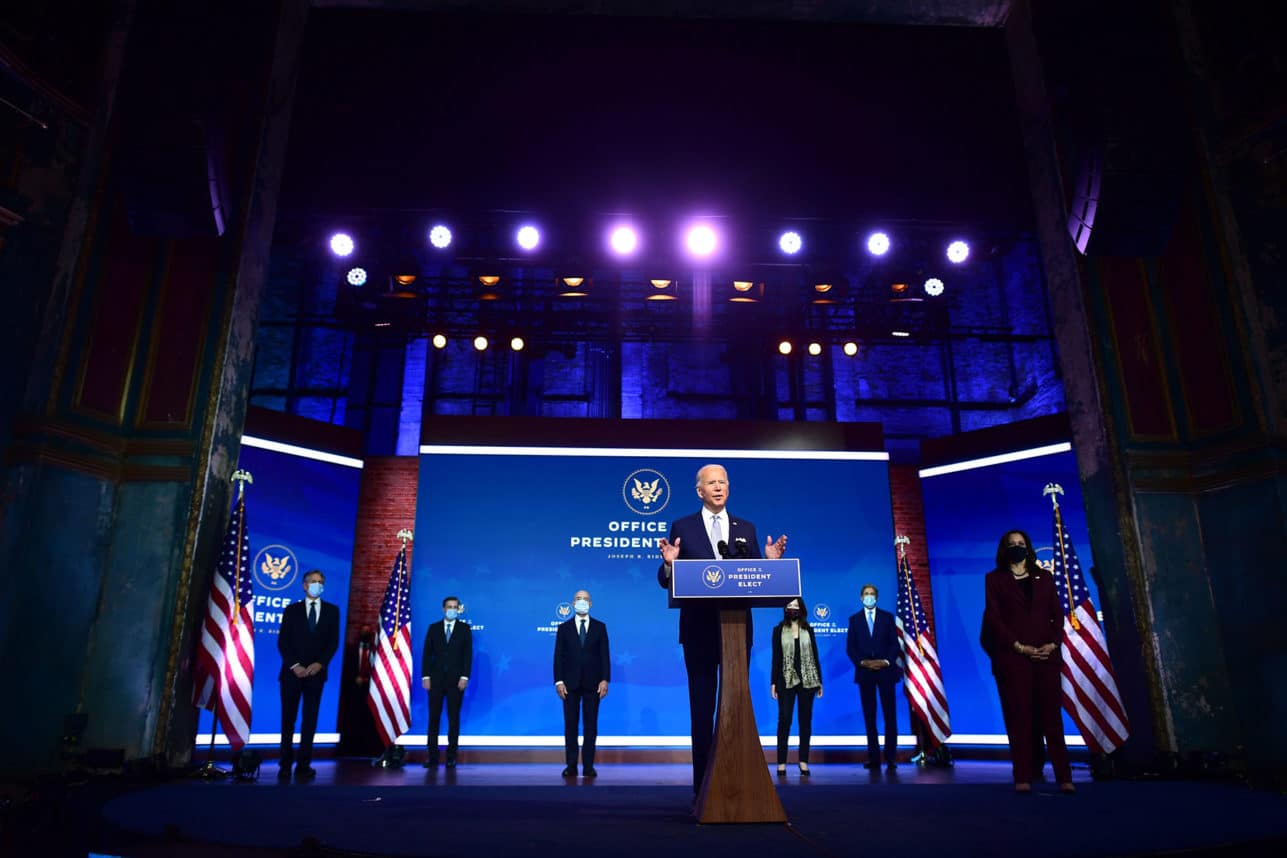
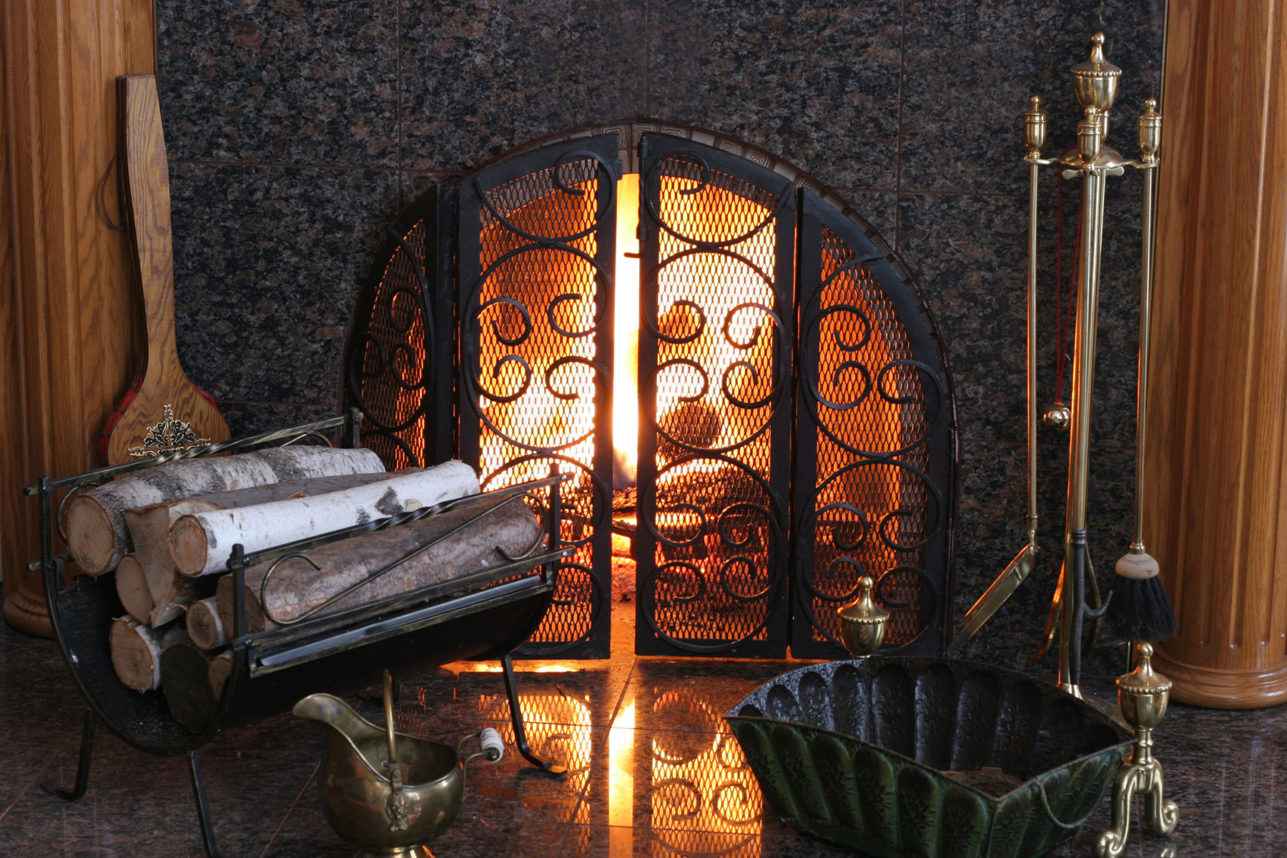
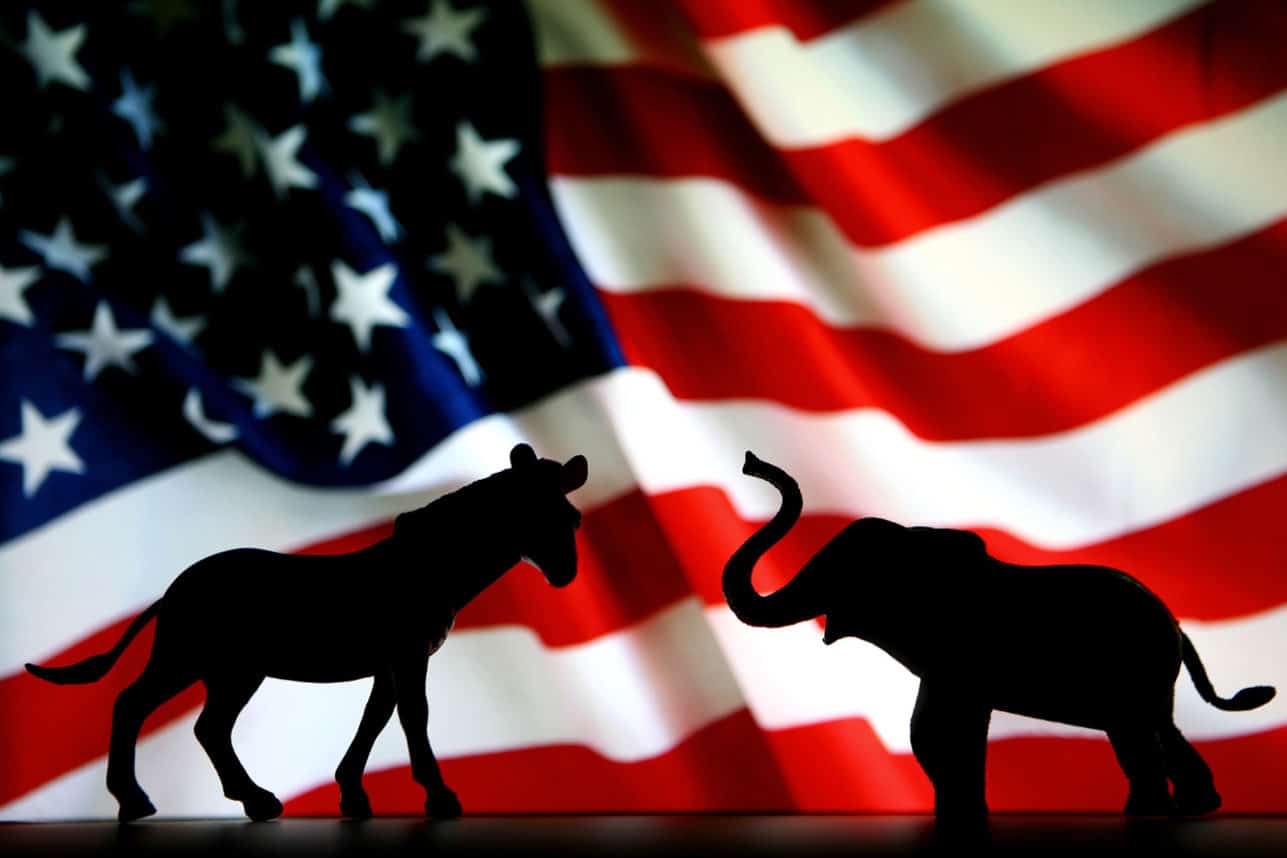
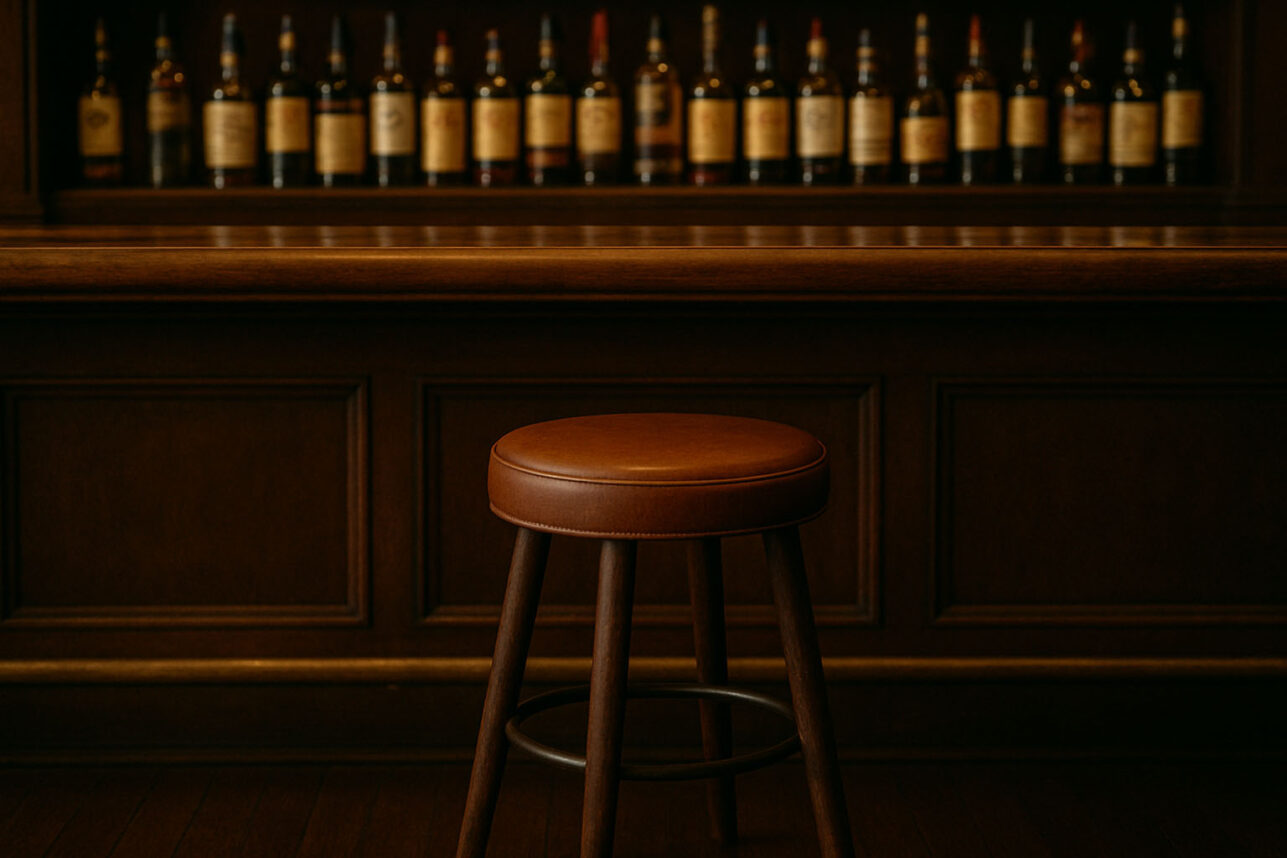

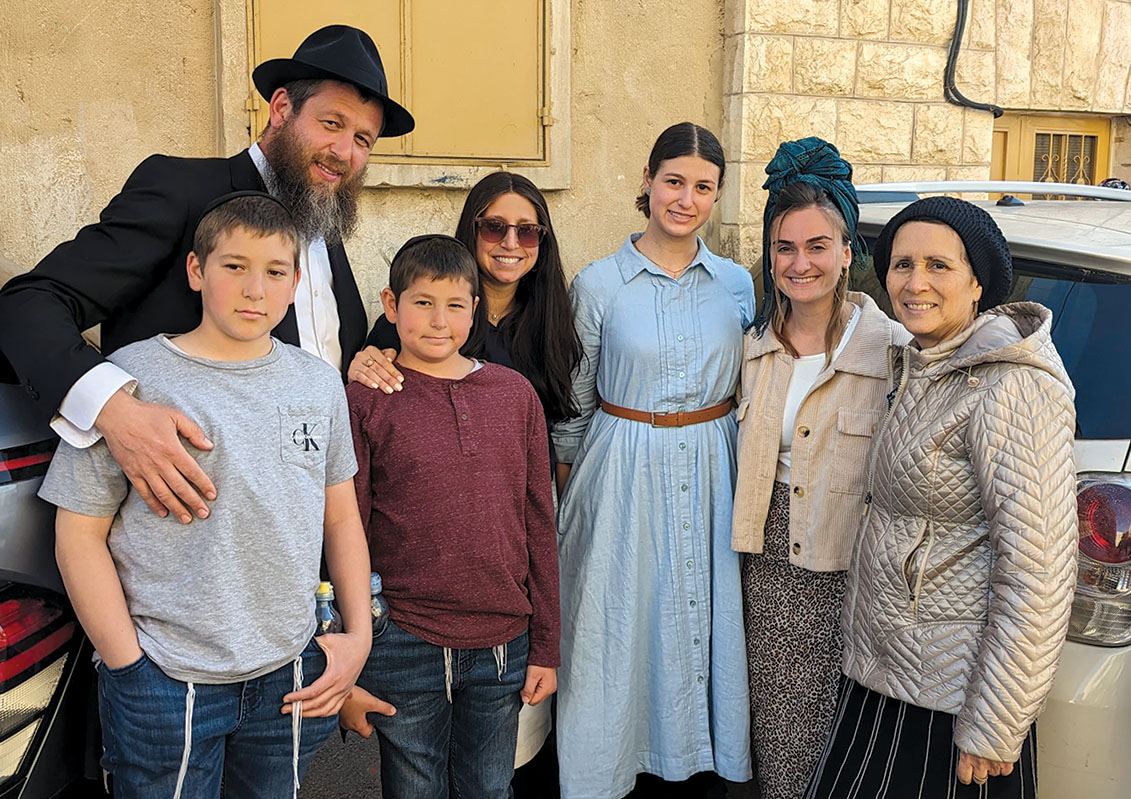
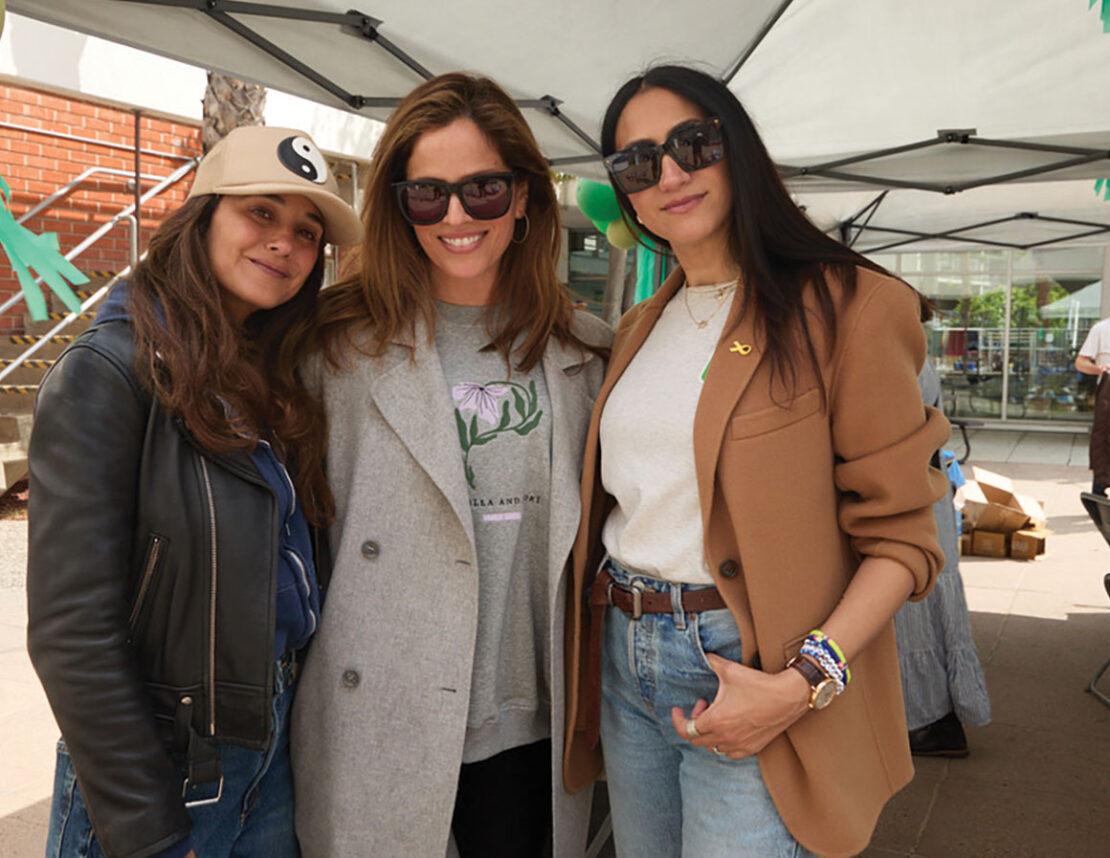
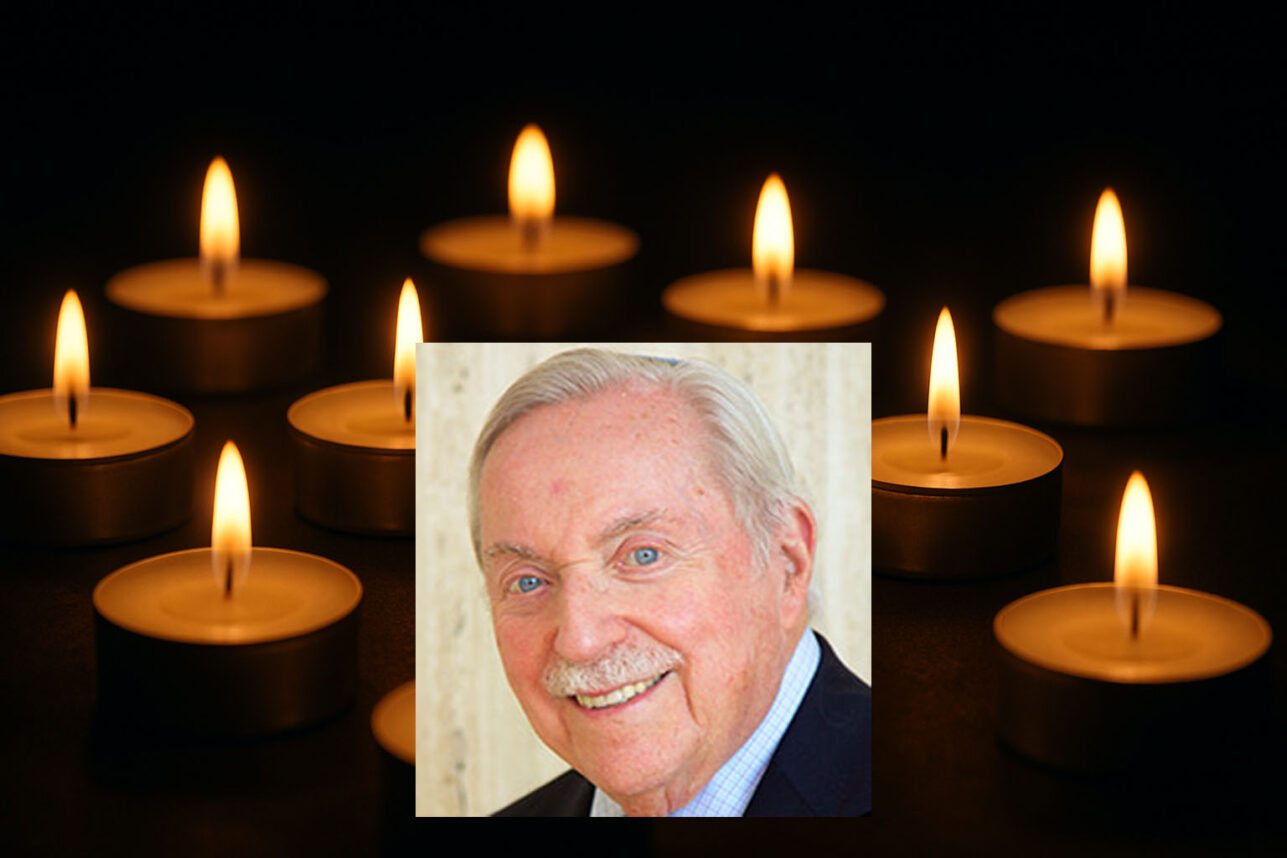
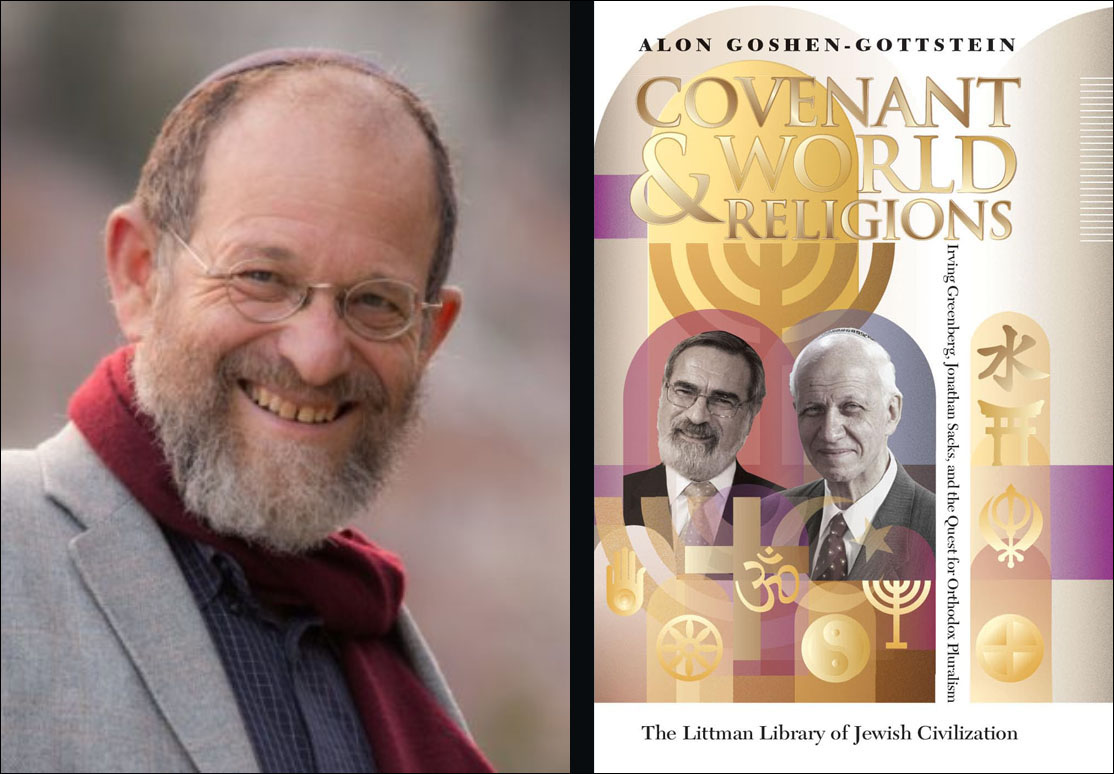
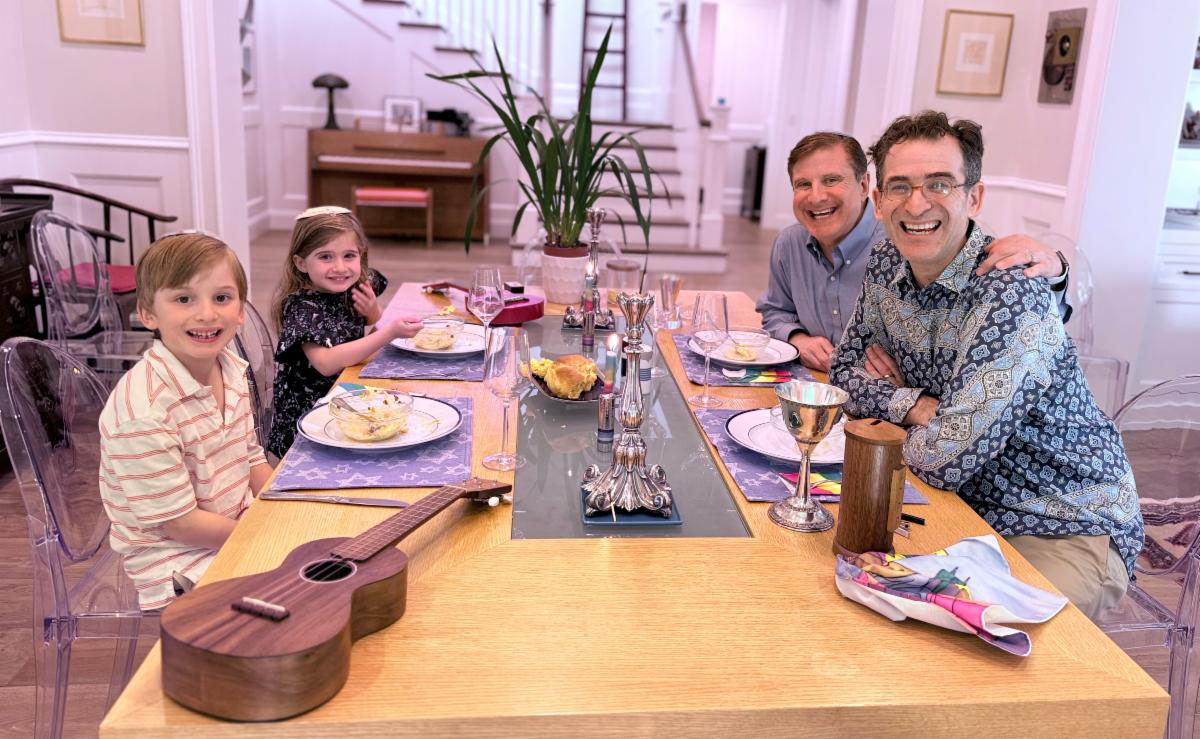







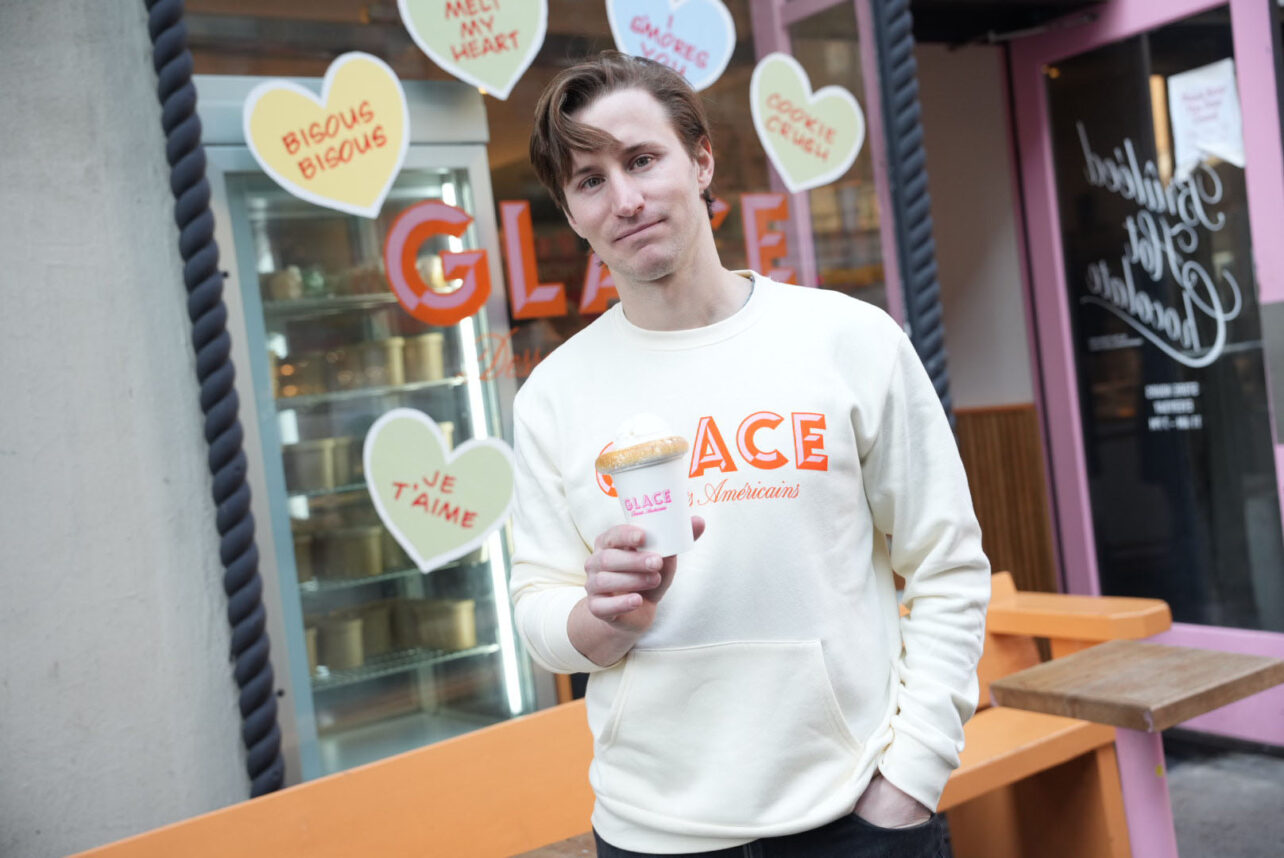
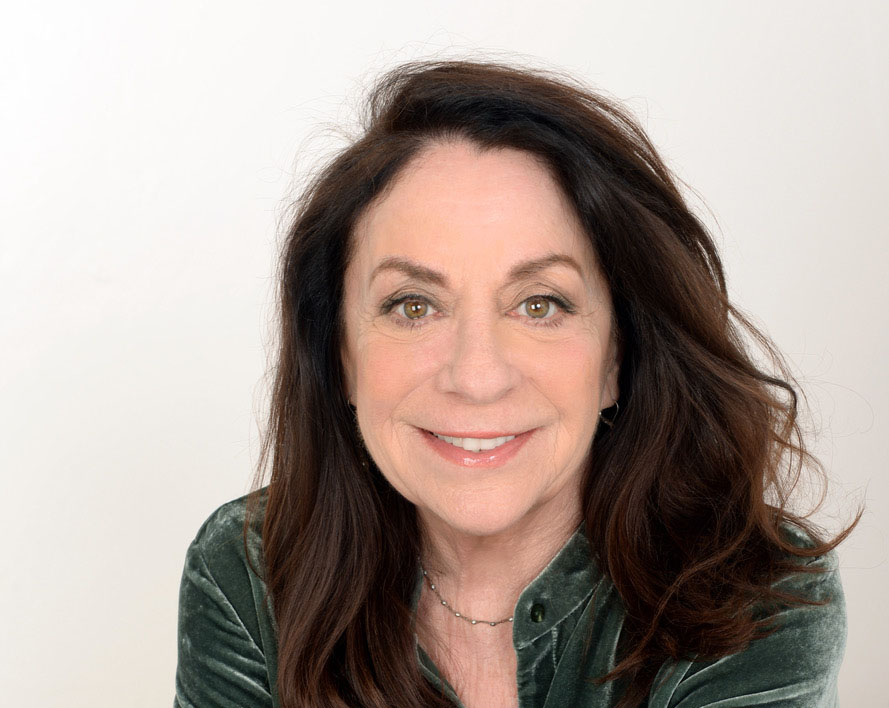

 More news and opinions than at a Shabbat dinner, right in your inbox.
More news and opinions than at a Shabbat dinner, right in your inbox.